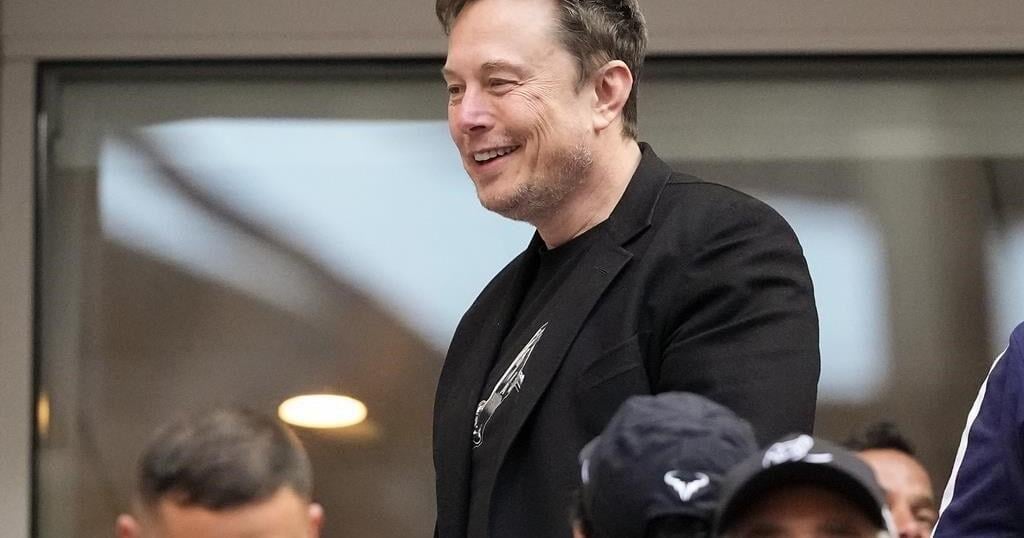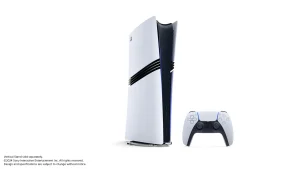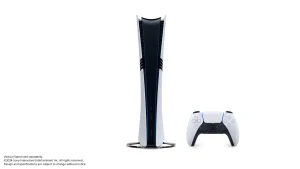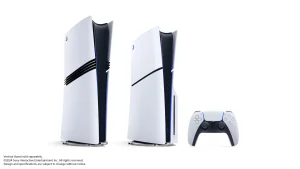It’s an understatement to call Apple broadly misunderstood. Yesterday, despite a 4.8% U.S. GDP decline, Apple somehow beat analysts’ consensus expectations by roughly 8%, miraculously growing its quarterly revenues year-over-year despite a global pandemic and near-complete shutdown of its physical stores. None of the analysts — paid professional Apple-watchers — had predicted an increase, proving that “Apple is doomed” predictions have become ridiculous during its trillion-dollar era. The company certainly still makes mistakes and has its bad moments, but it has plenty of room (and cash) to fix its errors.
5G cellular technology — one of the key transformative technologies of this decade — is a rare example of Apple making an obvious mistake. While top U.S. and international carriers rushed to get early 5G towers operational by late 2018, Apple planned its first 5G iPhones for late 2019. But when its key cellular vendor Intel gave up on producing 5G modems, Apple was forced to make a last-minute agreement with top 5G chipmaker Qualcomm, and rush a set of Snapdragon modem-powered iPhones through development for a late 2020 release.
Because Apple’s financial performance often defies traditional business logic, I’m not going to say it has no choice in pricing its upcoming 5G phones, or that it couldn’t still make plenty of money by simply courting buyers of ultra-premium devices. It could certainly do so, albeit at the cost of further market share in key territories. But since the company’s iPhone business constitutes half of its revenues, keeping its income solid from year to year has required Apple to make complex choices that take into account multiple customer bases, geographies, and currencies.
With that in mind, I’m going to lay out why Apple is unlikely to restrict 5G to its highest-end devices this year, but will bifurcate new models into “standard 5G” and “full-speed 5G” alternatives. I’ll also explain why I give some credit to rumors that the company will aggressively price new mid-range 5G models — at least in select territories. Apple may be an “affordable luxury” brand, but this isn’t the time to try and squeeze the last nickel out of budget-conscious customers, so its smartest strategy would be to aggressively cover the middle and high segments of the growing 5G market this year.
What we think we know about iPhone 12 models
For months, supply chain rumors have suggested that Apple is planning successor models to the iPhone 11, iPhone 11 Pro, and iPhone 11 Max, shuffling their screen sizes and body materials to make clearer “good, better, best” alternatives. The latest leaks suggest that the $699 iPhone 11 will be replaced by a smaller (5.4-inch-screened) $649 iPhone 12 and a 6.1-inch $749 iPhone 12 Plus, both made from aluminum and sporting two rear cameras. Apple is also said to be working on a $999 iPhone 12 Pro (6.1-inch) and $1,099 iPhone 12 Pro Max (6.7-inch) with stainless steel bodies, an extra 2X camera, and Lidar scanner.
While all four models are said to have “5G” — up from two predicted initially — the aluminum models are expected to work only on low and mid band (sub-6GHz) frequencies, generally delivering download speeds under 1 Gigabit per second, while the steel ones will also include high band (millimeter wave) support, which can already reach 2 Gigabit per second speeds. This would be totally fine in foreign countries where millimeter wave 5G is barely available, if at all, but might deprive U.S. Verizon and AT&T customers of an affordable iPhone capable of using their fewer but fastest 5G towers.
5G has had a weird rollout
Even as a believer in 5G’s potential, I’ll be the first to admit that the technology hasn’t rolled out exactly as expected. U.S. and South Korean carriers jousted up until the very last minute to launch the “first” commercial 5G network, but even by the end of last year hadn’t achieved anything close to comprehensive 5G coverage. The largest U.S. 5G network (T-Mobile’s) is too often 4G-caliber slow, and the second-largest (AT&T’s) isn’t much better. Verizon’s 5G network is super fast, but barely available even in some of the smaller number of cities where it supposedly launched. Some foreign countries are doing better (see: South Korea and China) with 5G than the U.S.; others are a year or more away from deployments.
On the other hand, 5G phones are already available from every major vendor except Apple. Samsung is currently selling its second full generation of 5G phones, and now leads the world in 5G handset shipments, just ahead of China’s Huawei and three smaller Chinese rivals. Other companies announced sub-$400 5G phones in January, and Samsung will release the $500 Galaxy A51 this summer.
Virtually all of the inexpensive 5G phones include only lower-speed 5G support, while more expensive ones tend to include support for all 5G frequencies. Apple has the option to cover both flavors of 5G, and appears set to do so in 2020.
5G matters to China’s huge customer base
Apple’s quarterly financials reflect China’s importance to the company: it contributes $10 billion or more in a typical quarter, and is most likely Apple’s second largest customer base next to the United States. Europe may contribute more per quarter ($13-$14 billion), but that’s across a large group of countries — China is a major player on its own. Making products that sell well in China will have twice the impact on Apple’s revenues as doing so for Japan.
5G is huge in China right now, thanks to government coordination and sponsorship of 5G network buildouts, which are already spread across the huge landmass and scheduled to be ubiquitous by year’s end. Chinese carriers already have multiple millions of 5G customers, and offer an unmatched diversity of 5G phone options — Huawei is Apple’s strongest challenger on the high end, making its own 5G chips, followed by smaller companies Vivo, Xiaomi, and Oppo, which use Qualcomm Snapdragon modems. Samsung is also a player in China.
China’s promise of a large, rapid 5G deployment certainly influenced Apple’s late decision to license Qualcomm’s 5G modems so it could get 5G iPhones out this year. Waiting on 5G until 2021 realistically wasn’t an option for Apple, and because of the price and value sensitivity of Chinese consumers, showing up with only unaffordable 5G models wouldn’t have been pragmatic. Unless losing further share in the country is acceptable, it needs iPhone models that will not just exist in the Chinese 5G phone market, but actually sell lots of devices, this year.
Exchange rates are a known issue, and look bad for the dollar
As Apple learned with the iPhone X series, there’s a limit to how high iPhone pricing can go, but there’s black magic in the calculation of that number due to country-specific exchange rates and taxes. Even on day one, a device that sells for $999 in the U.S. might go for the Chinese equivalent of $1,270, leaving all but the country’s least price-sensitive customers unaddressed. Moreover, the number may go up or down as months go on. Apple apparently didn’t appreciate how much those numbers would impact Chinese consumers, and was forced to cut iPhone XS prices in China to counter weak demand.
During Apple’s call with analysts yesterday, CFO Luca Maestri said that the company expects the dollar’s strength to create pricing challenges. On one hand, the more expensive an iPhone is, the more of a currency exchange impact consumers will face. On the other hand, the less expensive the device is in a given country, the lower Apple’s margin becomes after taxes and currency exchange rates are taken into account.
While the entry-level iPhone 11 today sells for 5,499 yuan — an $80 premium over the $699 U.S. price — the iPhone 11 Pro sells for 8,699 yuan, a $233 premium over the $999 U.S. price, and the iPhone 11 Pro Max retails at 9,599 yuan, a $260 premium. It’s clear that Apple won’t try to compete in China with a 2,999 yuan ($424) Huawei Nova 7 5G phone, but it also can’t afford to offer 5G solely in Pro models that are nearly three times that price.
To get a sense of what the iPhone 12’s rumored $649 U.S. price would look like to Chinese customers, consider the 128GB iPhone XR, which Apple sells in China for 5,299 yuan ($751). That’s currently a $102 premium over U.S. pricing. It’s entirely possible that Apple releases the phone for $649 in the U.S., then trims the Chinese price below 5,299 yuan to avoid issues if the dollar becomes stronger.
Apple’s release cadence means it needs to take 2021 into account now
While chief rival Samsung traditionally holds flagship phone events early and late in each year, Apple has one opportunity to get its flagship iPhone pricing right — the first week or two of September — and doesn’t modify its U.S. numbers until the same time the following year. Regardless of whether the first 5G iPhones actually hit stores in late September, early November, or some time in between, they’re going to be late 2020 releases, and Samsung will be only months away from its third-generation 5G devices.
The clear trend in 5G device pricing has been “quickly moving downward.” We saw an aggressive shift from ultra-premium to premium price ranges in early 2019, another shift from premium to midrange later in 2019, and most recently a move from midrange to near-budget prices in early 2020. By early 2021, there will be commodity-class budget 5G phones, virtually all Android-based, and tons of great Android 5G devices in the $500-$600 range. Unless Qualcomm drops the ball on the Snapdragon 875 (or whatever the 865’s successor is named), there should also be no shortage of premium contenders in the $900 and up range.
There’s little chance that Apple will chase the truly low-end 5G market in 2021. Last month’s release of the second-generation iPhone SE is a very clear sign that Apple is planning to keep a late-stage 4G phone around as a low-end option for the immediate future — at least two years from April 2020, perhaps longer. But whether it can maintain its $399 price point past 2021 is less certain, given the likelihood of aggressive competition in that price range.
One of the key things that makes Apple so broadly misunderstood is an expectation that it will chase every customer and opportunity in the marketplace, coupled with an unfounded belief that it will fail if it doesn’t. With rare exceptions, Apple doesn’t chase the low end, and it won’t sell a device it thinks is less than “great” just to fill a niche. But as table stakes expectations shift for smartphones, Apple shouldn’t stand still, even if it seemingly can afford to do so. So many of its successes — critically including services and wearable sales — hinge on the continued strength of its iPhone business. Keeping iPhones as fast and powerful as possible will help it continue to thrill consumers, ultimately resulting in further strength for its already massive bottom line.
































